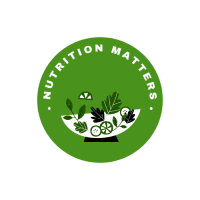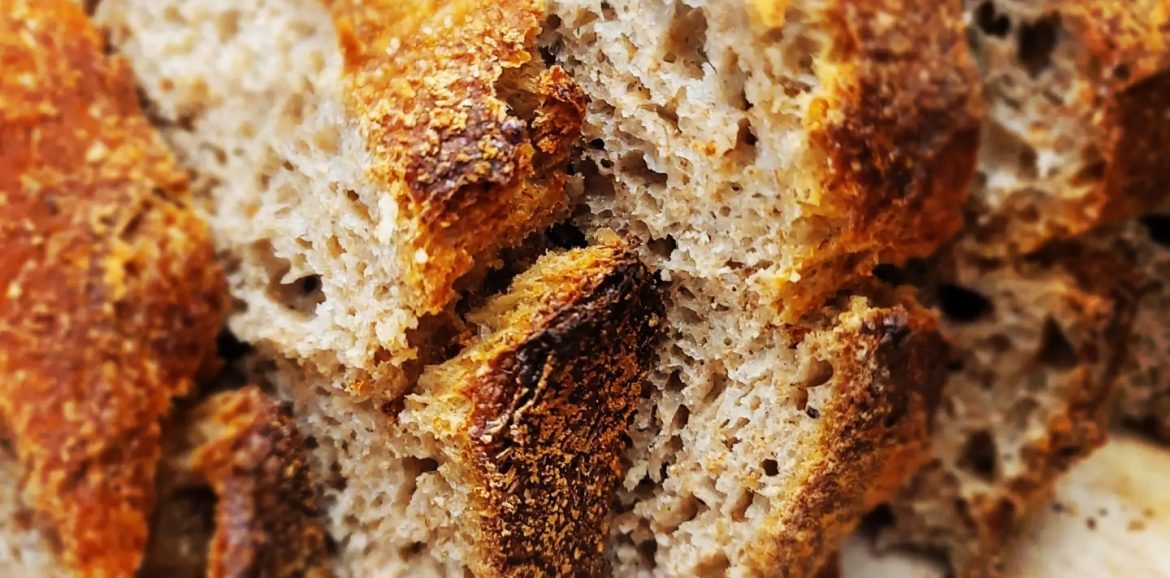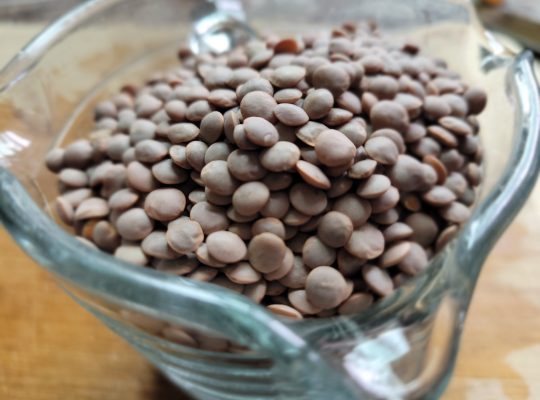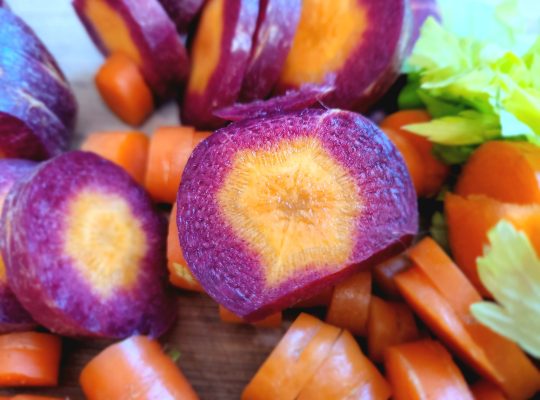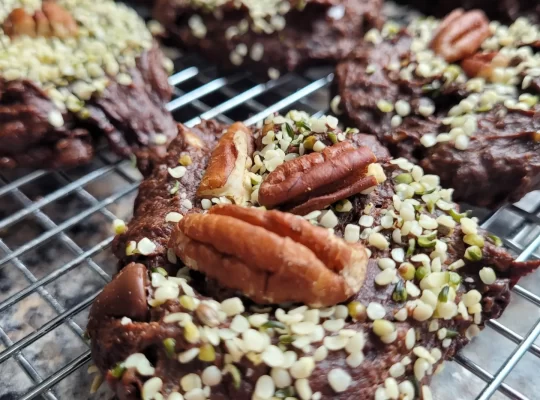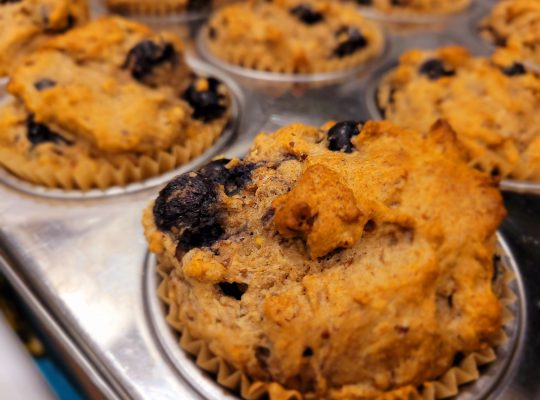Do you know anyone with prediabetes, diabetes or at risk of developing diabetes in the future? I do, and it’s not just a few isolated cases. And, sadly, the stats can morph that anecdotal evidence into facts. Also, what we keep hearing is that diabetes is on the rise, particularly the very preventable type 2.
Numbers don’t lie and it’s scary, but knowledge is power
The latest numbers, according to Diabetes Canada, are sobering. In 2022, approximately 11.7 million people lived with diabetes or prediabetes in Canada. To put it in perspective, that’s 1 in 3 Canadians who are affected by diabetes or prediabetes!! Also, the numbers keep climbing and it’s mostly type 2 diabetes T2D, as type 1 accounts for 10 percent or so of the cases. So the rest, 90 percent is the preventable T2D and that’s what I will refer to in this post.
The numbers above are worrisome, but what’s more worrisome is that though many people associate diabetes with blood sugar imbalances etc., the reality is that the big health condition that’s behind T2D, namely insulin resistance, affects almost every body system, leading to serious complications: increased risk of dementia, liver disease, kidney disease, circulatory problems, foot and leg problems which can lead to amputation, heart attack and stroke, nerve damage, eye disease and vision loss.
But there is good news too!
Yep, and I am not just saying this to make up for the plethora of heavy numbers and health issues above. It’s true and it’s most encouraging: nutrition and lifestyle can help reduce the risk of developing T2D by increasing insulin resistance.
That’s right. Eating whole foods that are colourful and rich in fibre and polyphenols can do your body good. Add meal timing, exercise, good sleeping habits, manage weight and blood pressure, and you’re already making serious progress towards increasing healthspan and lifespan too. Healthy longevity is where it’s at, because honestly, longevity in poor health (when it happens) is downright depressing. Yes, I got to see it firsthand in my loved ones and it’s a painful reality.
So if it’s about food… what’s the best kind?
The forever conundrum, right? The ‘best’ diet’. It doesn’t exist. I am half kidding.
My personal take on the ‘best’ diet:
- Is based on whole foods rather than ultra-processed (as much as possible),
- You can sustain for a long time (for as long as you live),
- Is plant-predominant (it doesn’t have to be fully plant-based but I’d say mostly, for reducing the risk of chronic disease),
- Supports local farmers/local economy as much as possible,
- Causes the least impact on the environment and does not come with ethical concerns (often times there is a lot of suffering at the other end of your food supply, or along the way).
Okay, we got that out of the way. That being said, when it comes to insulin resistance/sensitivity, prediabetes, and T2D, the most recommended by health professionals is a Mediterranean-type diet that includes veggies and fruit, mushrooms, beans and lentils, leafy greens, whole grain (literally that, not some marketing label attached to refined grain products), nuts and seeds plus other sources of healthy fats (extra virgin olive oil!) and some fermented dairy, fish and poultry if so inclined.
The take-away from recent research data
A recent risk assessment model conducted at Tufts University concluded that poor diet contributed to over 14 million cases of T2D in 2018.
That’s over 70 percent of the newly diagnosed cases. Three diet factors stood out: inadequate intake of whole grains, excess intake of refined grains (rice and wheat) and overconsumption of processed meats, red meat, sugar-sweetened beverages, fruit juice and potatoes* (I will come back to this one shortly).
What this means in practical terms
- Choose whole grains and grain-like (amaranth, millet, quinoa, sorghum) over refined grain products. For bread, if you consume, go for sourdough whole grain, whether you make it yourself (see recipe) or purchase it.
- Eat veggies and leafy greens. The recommended amounts are … lots (and lots). The sky is the limit when it comes to all the fresh or frozen veggies you can eat and cook with.
- Fruit is great, and some are better than others (grapes are higher in sugar than other fruit, for example)
- Beans and lentils are your friends when it comes to insulin sensitivity, cholesterol levels (yes, that too), and gut health. Just soak (I soak beans for up to 48 hours changing the water frequently), cook and get creative!
- Mushrooms – love them and they’ll show they love you back (you gut microbiota loves them too!)
- Choose water to hydrate or non-sweetened beverages.
- Love dairy? Go for fermented! (on that note, fermented foods are a healthy addition to your diet in general 😊).
- Potatoes: it matters if it’s cooked and cooled (increases content of resistant starch), fried or drowning in butter. The amount also matters and also that the potato does not dominate the plate. Plus, there are many kinds of potatoes: go for the brightly coloured ones and of course, sweet potatoes. Cooked, cooled and in moderation.
Okay, that’s a lot
Let’s call this the never-ending topic because that’s what it is. And for good reasons: numbers are going up, the risk to health are high, the costs to the medical system astronomical and the way it affects quality of life… impossible to quantify but let’s just say immense.
The part that matters the most though are these two words: preventable and manageable! Yes, it can be done and it’s worth it.
Comment below or get in touch if you have questions, concerns and would like to chat further.
